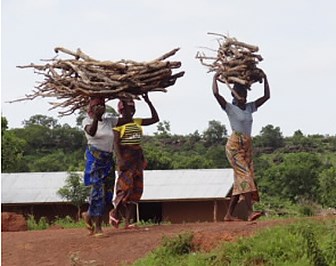The goal of halting deforestation is becoming increasingly important in climate change negotiations, and forest plantations are becoming important tools for this. However, past research shows that deforestation often has been assumed and connected to local people’s practices without empirical proof. This project analysed various actor’s different perspectives in relation to a forest plantation in Uganda.
Forests are given an important role in global climate change negotiations and various global schemes for planting and conserving forest have emerged with the dual purpose of meeting developing countries’ aspirations of (sustainable) development and poverty reduction, and industrialized countries’ wishes to find cost effective ways of reducing their climate change impacts.
In this research project one such scheme was studied where a Norwegian company plants forest for timber production in Uganda and simultaneously benefits from being certified as a CDM (Clean Development Mechanism) project. The certified emission reductions generated from the plantation were purchased by Sweden and these emission reductions were therefore counted as Swedish.
In our previous research we studied how the different actors engaged in the plantation perceive the role of the plantation and how they related it to sustainable development. The CDM project plan argues that the forest reserve in which the plantation is located was heavily degraded due to local people’s overuse of resources and cultivation in the forest and that the plantation therefore will contribute directly to local sustainable development through replanting forest. Research on past forest conservation projects in Africa showed however that forest degradation often has been assumed and connected to local practices without empirical proof, with negative outcomes for local people.
We therefore investigated the degradation claims made, and also analysed how different involved actors have differing main motivations for the project, such as carbon emission reduction or local development, and how this might influence the view of sustainability that guides the project. We concluded that the assumptions about local deforestation had not been properly verified and that therefore the carbon emission reductions had likely been overestimated. The project also had several negative local effects, which affected women and poor household the most. Due to various factors locally in Uganda, it was difficult for the company to run the project the way they had intended to and for the Swedish Energy Agency to make the demands they wanted to make.
This research project was followed up through two new projects:

